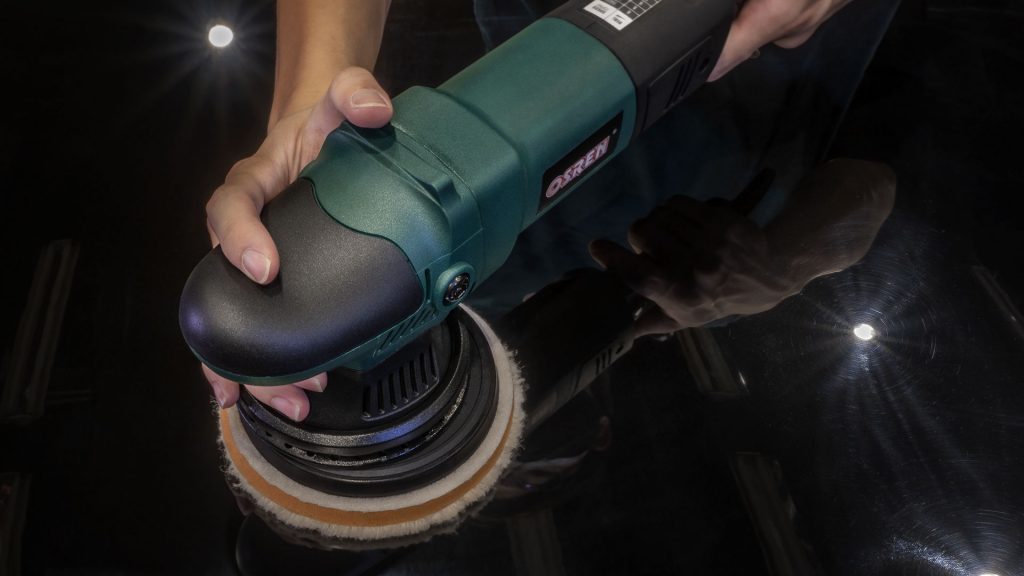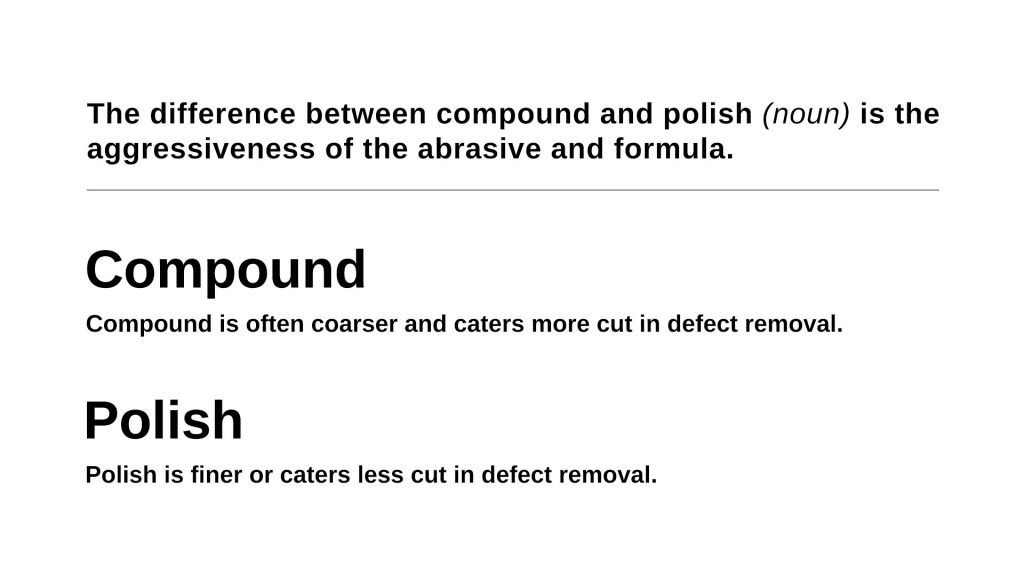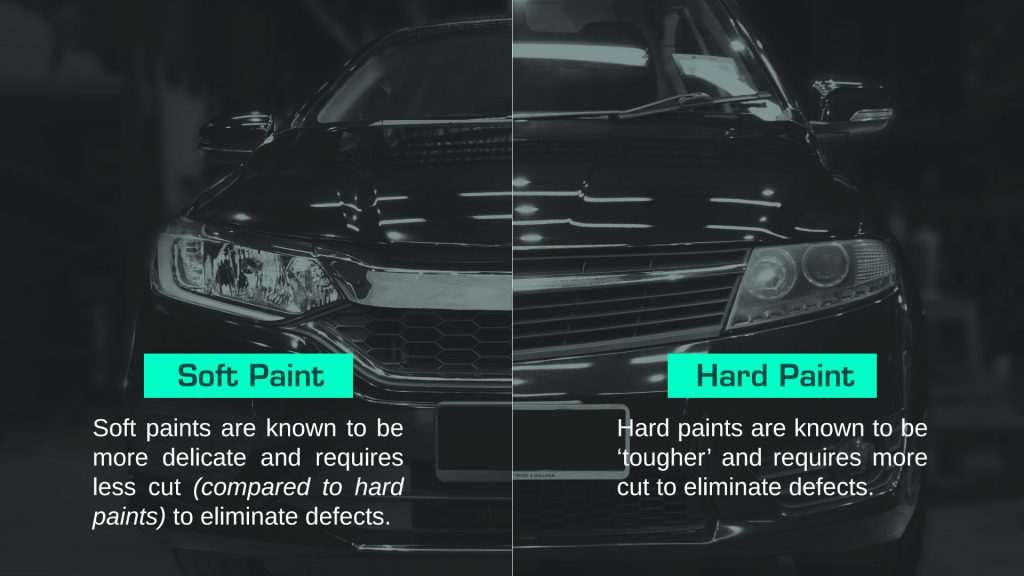Is the usage of polish necessary after compound?

Correcting a paint with a compound abrasive often leaves behind minor/lighter defects such as hologram, haze or micro-swirls on paint. The natural next-in-line approach is to refine the paint with a polish abrasive to remove the lighter defects.
But is this always the case?
Is usage of polish abrasive always necessary after using compound abrasive on paint?

The answer is : Not Necessarily.
Here are why:
• Not all paints are equal.
Some paints are known to be soft, some are known to be hard. Some, in between soft and hard.
The different hardness of paints reacts to abrasives differently.

On harder paints, compounding defects are lesser (or less noticeable) compared to softer paints. And due to the nature of paint hardness, a polish abrasive might not have sufficient cutting strength to remove the after-compound defects on paint.
• Change of abrasive might not be required for less cutting.
To remove lighter defects from compounding, a step-down combination will be required.
But that doesn’t necessarily mean there is a need to change abrasives to achieve a step-down/lesser cut combination.
On harder paints, it is possible that a compound-abrasive paired with a lesser cutting pad will suffice in removing the post-compounding defects and even finish down to a swirl-free finish.
On softer paints, switching both abrasive and polishing pad is more likely required to adjust to the right combination. A step-down combination on a soft-paint demands more attention and leaps in adjustment compared to a hard paint.
Here’s a comparison of refining a hard paint and soft paint.
• There might not be any visible or noticeable defects when using the right combination
On certain types of paint, one-step polishing can be achieved with the right combination without noticeable defects and hazing. This isn’t applicable to all paints, but one-step polishing has become more common in the industry.
With better pads and more versatile abrasives being formulated, standards and expectations are also higher for products to perform with little offsets. And at times, when the conditions are met, one-step polishing is all that is required to restore the shine on paint.
Paint color and finishing is also a factor. Micro-swirls, hazing or light defects are harder to be noticed on lighter color cars. If you can’t see it, you can’t fix it.
Here’s a quick demonstration :
Not every paint requires the standard treatment or combination to refine, and the best way to put it to the test and gauge through paint’s reaction.
While certain paint might not require a change of abrasive to finish down, similarly it can be a vice versa approach. Not every paint condition requires compound to remove defects; sometimes, a polish abrasive with a high cutting pad can be used for refinement.
We hope this blog enlightens you and broadens your views in detailing.






